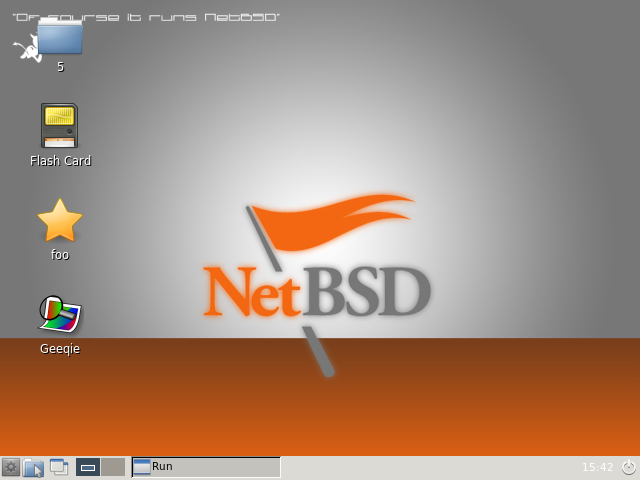Over the years, Unix has blossomed into a many-fold operating system, with variants developed for just about every platform and hardware imaginable. In fact, if one loosens the definition of a Unix system to include those heavily influenced by Unix, you can find a port for almost any machine imaginable.
Take, for example, A/UX, which stands for Apple Unix. Long before Apple had decided to toss out its kernel and replace it with a Mach BSD variant, the company had its own distribution of a Unix for its Workgroup Server line of Macintosh computers. A/UX included, naturally, a GUI and mouse-driven controls for the system. Jim Jagielski, one of the founding members of the Apache Foundation, hosted a software repository for the OS out of a NASA facility as well.
HP product marketing manager Kate O’Neill is no stranger to Unix variants: HP has acquired numerous operating systems, Unix and otherwise, through mergers and buyouts over the years. “We’ve continued to see growth in [formerly Tandem] NonStop, and we also see a very loyal OpenVMS base,” she said. “We’ve been investing in HP-UX for over 30 years now. It’s very sophisticated. But clearly, as it evolved, we leveraged our learning from the NonStop world, the Alpha and VMS world.”
The award for the most obscure Unix we could find has to go to Xenix for Lisa. This was a Microsoft-licensed port of AT&T’s Unix, which was then ported to Apple’s Lisa hardware. As you probably already know, Lisa was the failed predecessor to the Macintosh, named after Steve Jobs’ daughter. Though it was successful in the 1980s, Xenix as a whole was sold to SCO.






